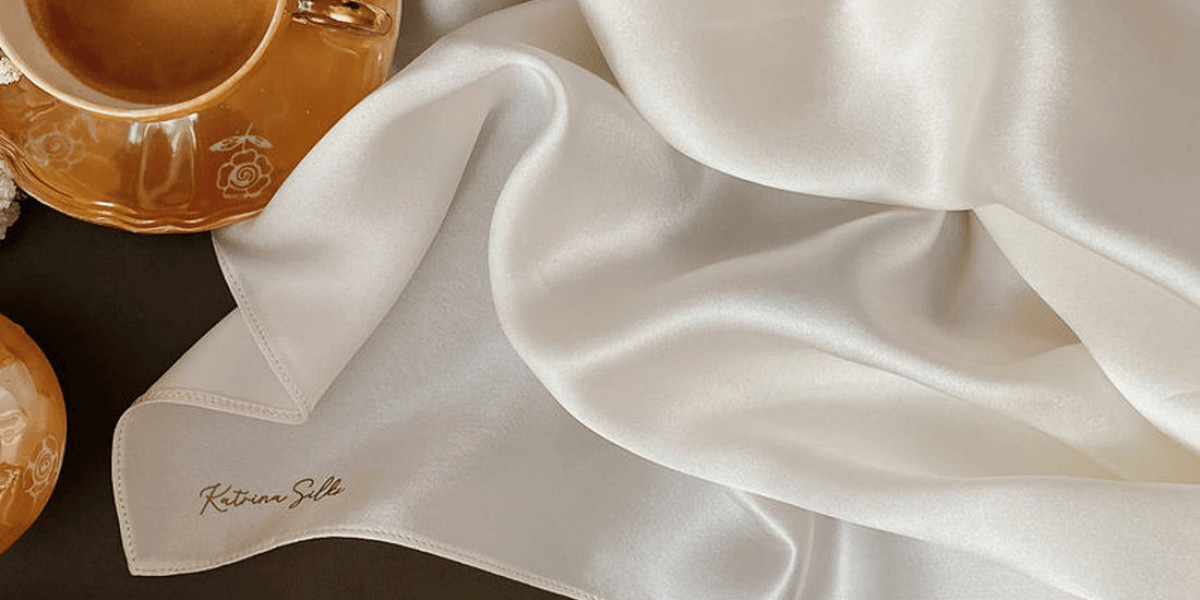Ethnic wear is a timeless expression of tradition, culture, and elegance. From grand weddings to festive celebrations and everyday occasions, Indian ethnic fashion continues to evolve—thanks in large part to the fabrics that bring these designs to life. Among the most popular and versatile options are chiffon fabric, net fabric, and organza embroidery fabric. These materials not only offer unique textures but also allow for endless styling possibilities.
Let’s explore how to style ethnic wear using these luxurious fabrics, and how white cotton fabric and silk fabric can be the perfect complements in crafting the ideal ethnic ensemble.
Chiffon Fabric: Effortless Elegance
Light, airy, and incredibly graceful, chiffon fabric is a go-to for anyone who wants an outfit that flows with every step. It’s perfect for sarees, lehengas, and dupattas, offering a soft, feminine charm. The subtle transparency of chiffon allows for layering without adding bulk, making it ideal for both casual and formal ethnic wear.
For an understated festive look, pair a printed chiffon dupatta with a solid kurta and palazzo set. Or go for a pastel chiffon saree with a contrast blouse for a classic, elegant statement. Chiffon fabric is especially suited for summer weddings and day events where you want to stay cool without compromising on style.
Net Fabric: Subtle Glamour
With its delicate see-through appearance, net fabric adds instant glamour to ethnic outfits. It’s commonly used for overlays, dupattas, blouse sleeves, and even full-length gowns. Its lightweight nature allows for dramatic layering while remaining comfortable to wear.
An embellished net saree with sequin or threadwork is a popular choice for evening occasions. Alternatively, a net dupatta with gota-patti detailing can elevate even the simplest kurta set. When using net fabric, balance the sheerness with structured underlayers to keep the look polished and sophisticated. This fabric is perfect for adding texture and depth to your ethnic wardrobe.
Organza Embroidery Fabric: Structured Sophistication
Stiff yet sheer, organza embroidery fabric brings a regal touch to ethnic wear. Its ability to hold shape makes it ideal for statement dupattas, flared skirts, and structured kurta sets. When enhanced with embroidery—be it zari, sequins, or thread—organza takes on a luxurious quality that’s hard to ignore.
A flared lehenga made of organza embroidery fabric paired with a plain blouse can be the perfect outfit for a wedding function. Or consider draping an embroidered organza dupatta over a minimalist suit to strike the right balance between tradition and modernity. Whether you're going for light festive wear or grand celebrations, organza embroidery fabric offers the perfect combination of style and structure.
White Cotton Fabric: Understated and Versatile
In the world of ethnic fashion, white cotton fabric is often underrated—but its versatility makes it a valuable part of any wardrobe. Cool, breathable, and comfortable, cotton is ideal for creating base garments such as kurtas, linings, and inner layers under sheer fabrics.
A simple white cotton kurta paired with an ornate organza or net dupatta is a timeless look suitable for both everyday wear and casual gatherings. You can also pair white cotton fabric outfits with bold accessories and embroidered layers to transition from daywear to evening wear with ease. Its neutral tone makes it the perfect canvas for more textured and embellished fabrics.
Silk Fabric: The Touch of Tradition
No ethnic wardrobe is complete without silk fabric. Known for its rich texture and lustrous sheen, silk is synonymous with elegance and tradition. It’s a favored choice for sarees, anarkalis, and lehengas, especially for formal and ceremonial occasions.
You can pair a silk kurta with a net or chiffon dupatta for a balanced look, or wear a silk blouse with a flowy chiffon saree for a fusion of textures. When styled thoughtfully, silk fabric can serve as a strong foundational element that enhances lighter fabrics without overshadowing them. Its timeless appeal makes it suitable for both heritage-inspired looks and modern reinterpretations.
Styling Tips for a Complete Look
Mix and match fabrics to balance structure with flow—like chiffon with silk, or net with cotton.
Use contrast to highlight key elements; for example, layer a vibrant organza dupatta over a white cotton kurta.
Layer wisely when working with sheer fabrics such as chiffon or net.
Keep accessories in sync with fabric type—delicate fabrics call for subtle jewelry, while richer fabrics like silk can support bold, statement pieces.
Conclusion
Styling ethnic wear is as much about choosing the right fabric as it is about selecting the design. Whether you prefer the delicate drape of chiffon fabric, the transparent texture of net fabric, or the structured beauty of organza embroidery fabric, each material brings something unique to the table. When paired smartly with classics like white cotton fabric and silk fabric, your ethnic wardrobe transforms into a collection of timeless yet trend-forward looks.
Choosing the right fabric helps set the tone for your outfit—whether you’re attending a wedding, a cultural celebration, or a festive gathering. With thoughtful combinations and a bit of creativity, you can use these fabrics to create stunning ethnic styles that reflect your personal taste and fashion sensibility.









